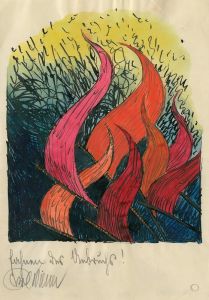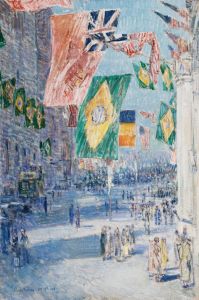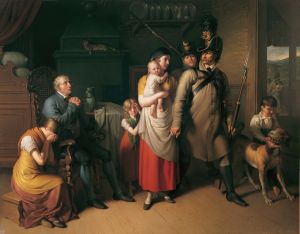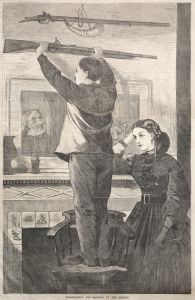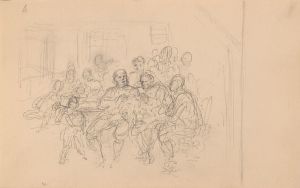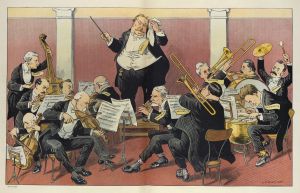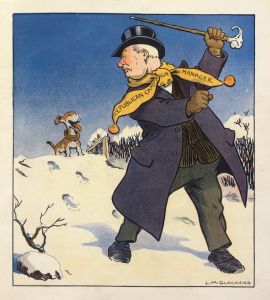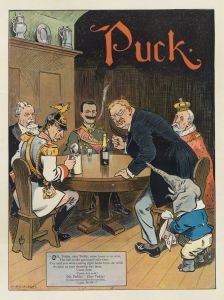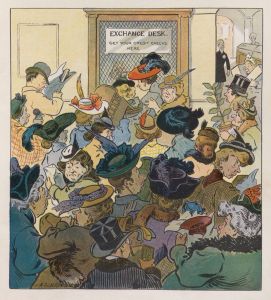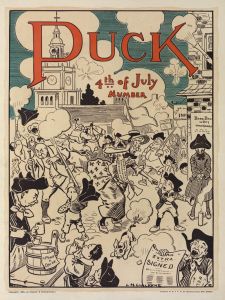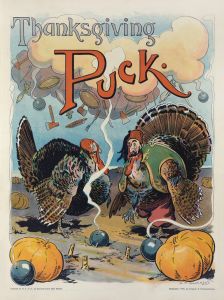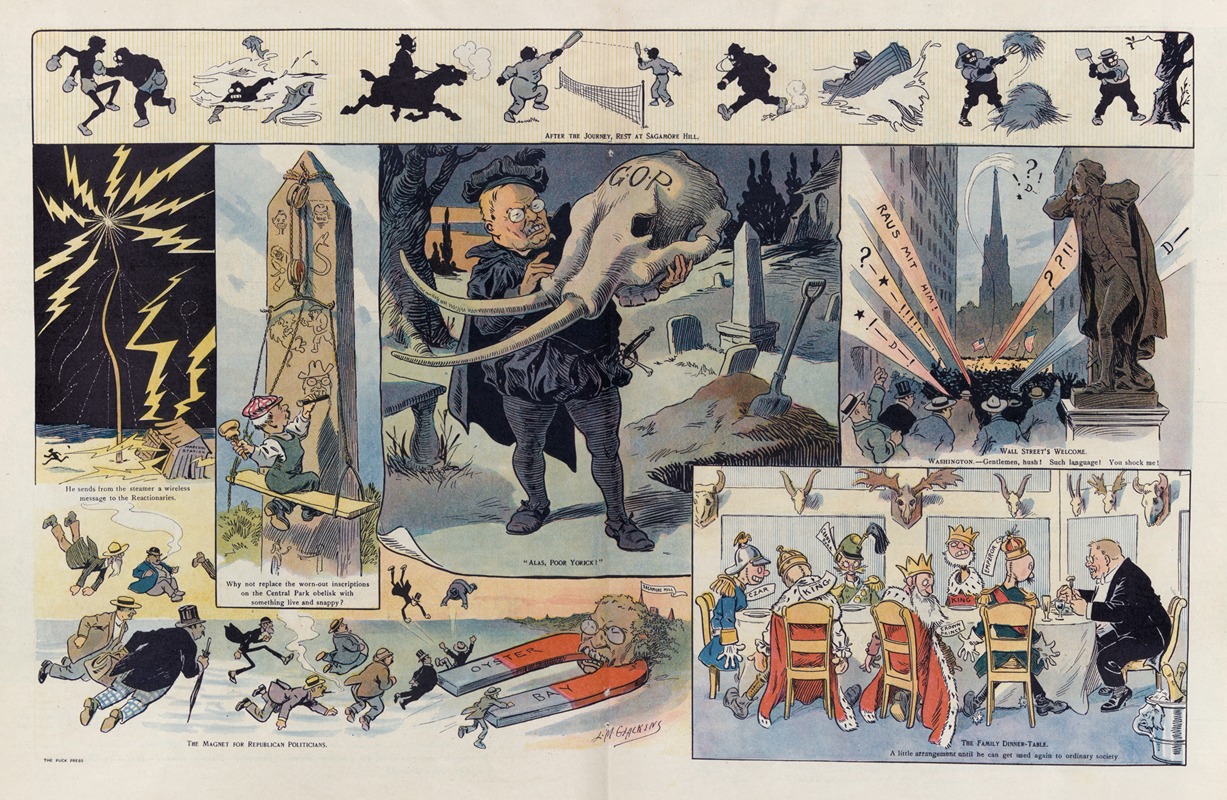
When Teddy comes marching home
A hand-painted replica of Louis Glackens’s masterpiece When Teddy comes marching home, meticulously crafted by professional artists to capture the true essence of the original. Each piece is created with museum-quality canvas and rare mineral pigments, carefully painted by experienced artists with delicate brushstrokes and rich, layered colors to perfectly recreate the texture of the original artwork. Unlike machine-printed reproductions, this hand-painted version brings the painting to life, infused with the artist’s emotions and skill in every stroke. Whether for personal collection or home decoration, it instantly elevates the artistic atmosphere of any space.
"When Teddy Comes Marching Home" is a painting by American artist Louis Glackens, created in the early 20th century. Louis Glackens, born in 1866 and died in 1933, was an illustrator and painter known for his work in magazines and his contributions to the field of animation. He was the brother of the more widely known artist William Glackens, who was a prominent member of the Ashcan School.
The painting "When Teddy Comes Marching Home" is a satirical and whimsical piece that reflects the political and social climate of its time. It features a caricature of President Theodore Roosevelt, who served as the 26th President of the United States from 1901 to 1909. Roosevelt was a popular and dynamic figure, known for his progressive policies and robust personality.
In the painting, Roosevelt is depicted in a triumphant return, likely referencing his military exploits and his role in the Spanish-American War, where he famously led the Rough Riders. The title of the painting is a play on the popular Civil War song "When Johnny Comes Marching Home," which celebrated the return of soldiers from battle. By substituting "Teddy" for "Johnny," Glackens humorously elevates Roosevelt to the status of a returning war hero.
The artwork captures the exuberant and larger-than-life persona of Roosevelt, who was often the subject of both admiration and satire. Glackens' style in this painting is characterized by its vibrant colors, dynamic composition, and attention to detail, which were hallmarks of his broader body of work. The painting likely served as both a celebration and a critique of Roosevelt's larger-than-life image and his impact on American politics and society.
Louis Glackens' career spanned various forms of media, including magazine illustrations for publications such as Puck, a leading humor magazine of the time. His work often included political cartoons and satirical illustrations, making him a significant figure in the visual commentary of his era.
"When Teddy Comes Marching Home" is an example of how art can capture the spirit of a particular historical moment and provide insight into the cultural and political sentiments of the time. Through his humorous and detailed portrayal of Theodore Roosevelt, Glackens offers a glimpse into the public perception of one of America's most iconic presidents.
The painting remains a valuable piece of American art history, reflecting both the artistic style of Louis Glackens and the broader cultural context of the early 20th century. It is a testament to the enduring power of satire and the role of artists in shaping public discourse.





